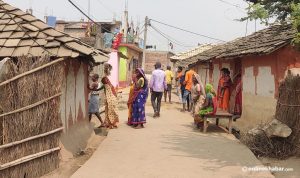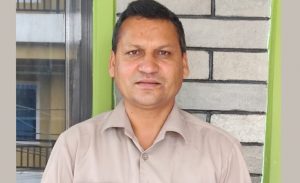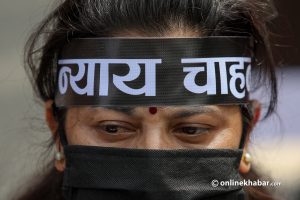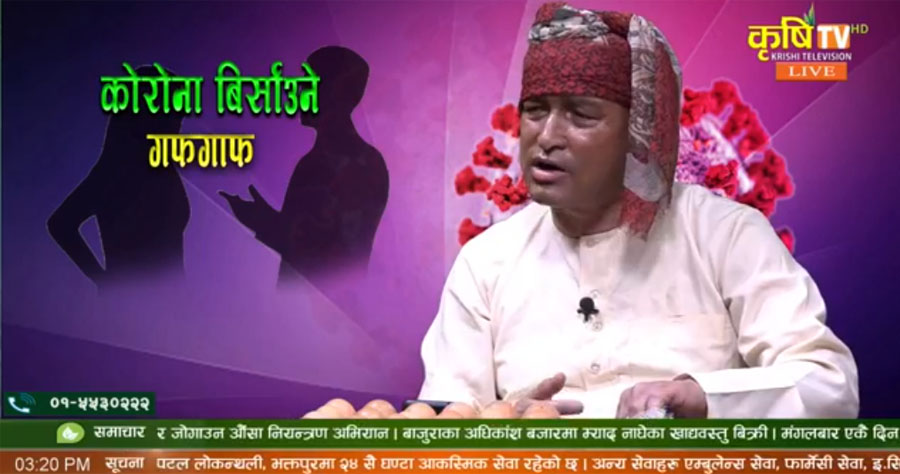
Recently, a video clip of a television show ‘Corona Birsaune Gaphgaaph’ went viral. Many social media users protested the programme, alleging it of promoting a stereotypical image of the Madheshi community. However, it is not a single show that picturises a Madheshi character with a prejudiced and predetermined storyline. The entire showbiz industry of the country is prejudiced.
The showbiz industry in Nepal is not found to be inclusive that incorporates the real living of all the nationalities residing far and wide. A few of the shows are likely to be so, but in general, the industry is still not in the practice of integrating the storyline that absorbs the sentiments of multiple nationalities. It mostly remains unitarian and dominant for many years.
The little content representing minority groups, if included, is projected as dull illiterate villagers with zero dressing sense. They are often incompetent and weak characters. Clearly, the intention is defamation there. Not only ‘Corona Birsaune Gaphgaaph’, but also consider shows such as ‘What the Flop’, and ‘Joginder Bole Pranam Ji’ as examples.
These shows exhibit the prejudiced media monopoly; they do not give a second thought on presenting a Madhesi character blackening their face and with broken Nepali sentences in an apparent Hindi tone. They have a gamchha around their head and a lungi under the waist. For the producers and presenters, these are the paramount ingredients of a comedy show. They think they should have a typical character with such outfits in order to sell their content to the audience.
But, there are questions. How could someone’s way of speaking their mother tongue, costumes, occupations, food habits can be the content for laughter and fun? Is the social identity of the Madhesi community stuck with a gamchha tied around the head and a lungi tier around the hips? Why is there a need to make fun of their way of speaking Nepali given that Nepali is not their mother tongue? Why is their professional identity narrowed down to one among a paan pasale, a kapal kaatne, a tarkariwala, a panipuriwala or a kabadi collector? Is there any genuine need for the mainstream shows to portrait the social identity of Madhesi people likewise? Are not there intellectuals who are highly professional and skilled to perform competent jobs that can be portrayed in a show?
Impact on children
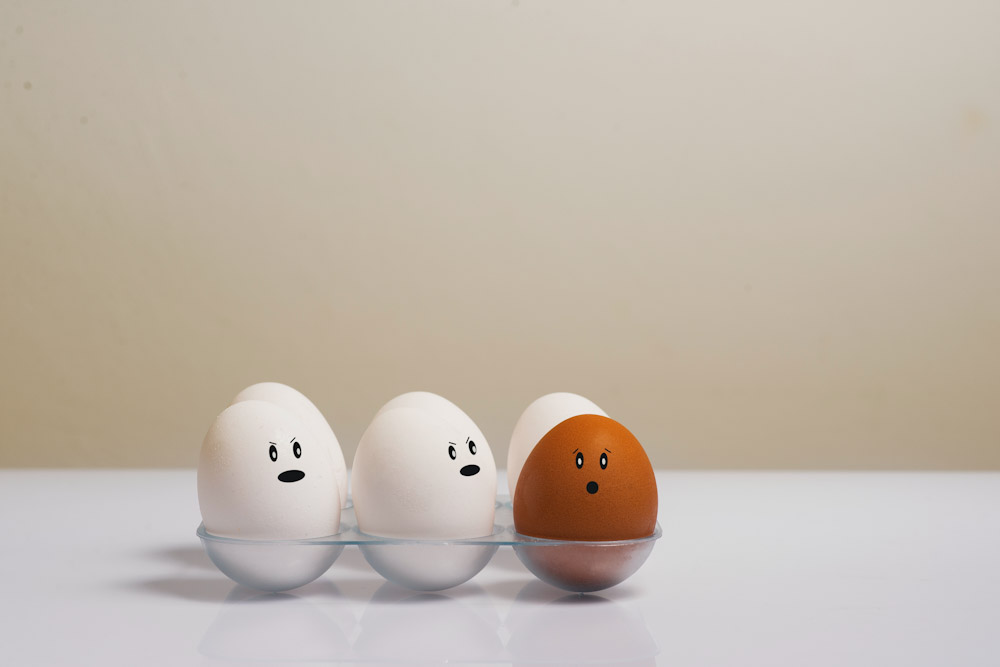 Research shows that children above six years of age are able to understand racial differences. Films and TV programmes are one of the prime mediums that influence the mass, and basically children. Such a racial picturising of the Madhesi community has a noteworthy influence in the social psychology of growing children. It heightens the possibility of them being injected with communal disparities, racial prejudice, and other possible forms of discrimination. The aforementioned comedy shows are one of the prime factors for injecting such racial components among the children.
Research shows that children above six years of age are able to understand racial differences. Films and TV programmes are one of the prime mediums that influence the mass, and basically children. Such a racial picturising of the Madhesi community has a noteworthy influence in the social psychology of growing children. It heightens the possibility of them being injected with communal disparities, racial prejudice, and other possible forms of discrimination. The aforementioned comedy shows are one of the prime factors for injecting such racial components among the children.
Such shows might create laughter for a while but germinate the seed of social and communal disputes and discrimination in the long run. Social cohesion and harmony cannot be expected when the social learning of children is prejudiced and stereotyped. Rather, social and emotional gaps between the communities widen, distrusting the sociocultural functioning of a multicultural state.
Further, the children in a particular group are vulnerable to developing an inferiority complex, humiliation, and incompetence. Hence, they feel alienated.
Way forward
 A way forward to get rid of this problem can be the introduction of inclusive content in the TV programmes that embrace the sentiments of a multicultural state. The predetermined mindset of characterising the characters in such programmes or films needs to be redefined respecting the socio-cultural and religious pluralities.
A way forward to get rid of this problem can be the introduction of inclusive content in the TV programmes that embrace the sentiments of a multicultural state. The predetermined mindset of characterising the characters in such programmes or films needs to be redefined respecting the socio-cultural and religious pluralities.
The benchmark set by a very few actors like Daya Hang Rai for Mongolian-cultured and Saugat Malla for Tarai-Madhes-cultured roles in various movies can be taken as an example of inclusive practices in the showbiz industry. Particularly, different characters played by Saugat Malla in movies like Sangharsha, Shadangana, Phataeko Jutta reflect the socio-cultural, economic, and political diversity that exists within Tarai-Madhes.
The TV shows need to come out of the box and do proper research to develop their characters who can come out of the traditional projection. They should move from stereotyping to portraying reality. A blackened face and broken Nepali are not sufficient; the art and literature of Madhes need to nationalised and get space in the mainstream showbiz industry. The government should also take immediate action and bring any discriminatory acts and scripts within the ambit of the law.
Chaudhary teaches social work at Purbanchal University, Biratnagar.





